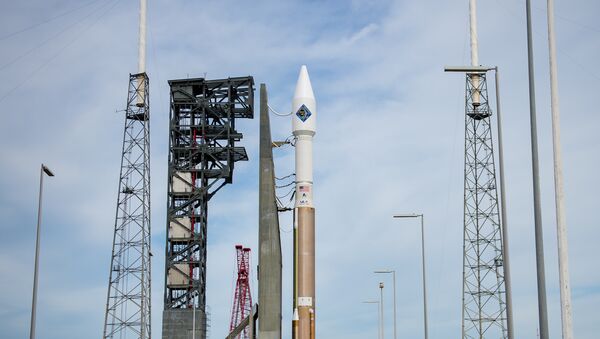WASHINGTON (Sputnik) — US rocket engineers are currently checking all Russian-made RD-180 engines following the determined anomaly that caused premature booster shutdown in the March 22 launch of the Cygnus spacecraft, United Launch Alliance (ULA) announced in a release on Friday.
“The ULA engineering team has reviewed the data and has determined an anomaly with the RD-180 Mixture Ratio Control Valve (MRCV) assembly caused a reduction in fuel flow during the boost phase of the flight,” the release stated. “In addition to analysis and testing, all RD-180 engines are being inspected.”
Cygnus is an unmanned spacecraft that carries cargo to the International Space Station. Cygnus was launched on an Atlas V, a two-stage rocket that uses the Russian-made RD-180 rocket engine and a Centaur rocket as its second stage.
According to the release, a new launch of the Atlas V is targeted for early summer, but the date has not been set yet.
"The impact to the remainder of the Atlas V manifest is in review with new launch dates being coordinated with our customers," the release said. "All missions manifested for 2016 are expected to be successfully executed by the end of the year, including OSIRIS-REx, which will remain in early September to support its critical science window."
The ULA is a joint venture owned by Lockheed Martin and the Boeing Company. It brings together two of the launch industry’s most experienced and successful teams — Atlas and Delta — to provide reliable, cost-efficient space launch services for the US government.


